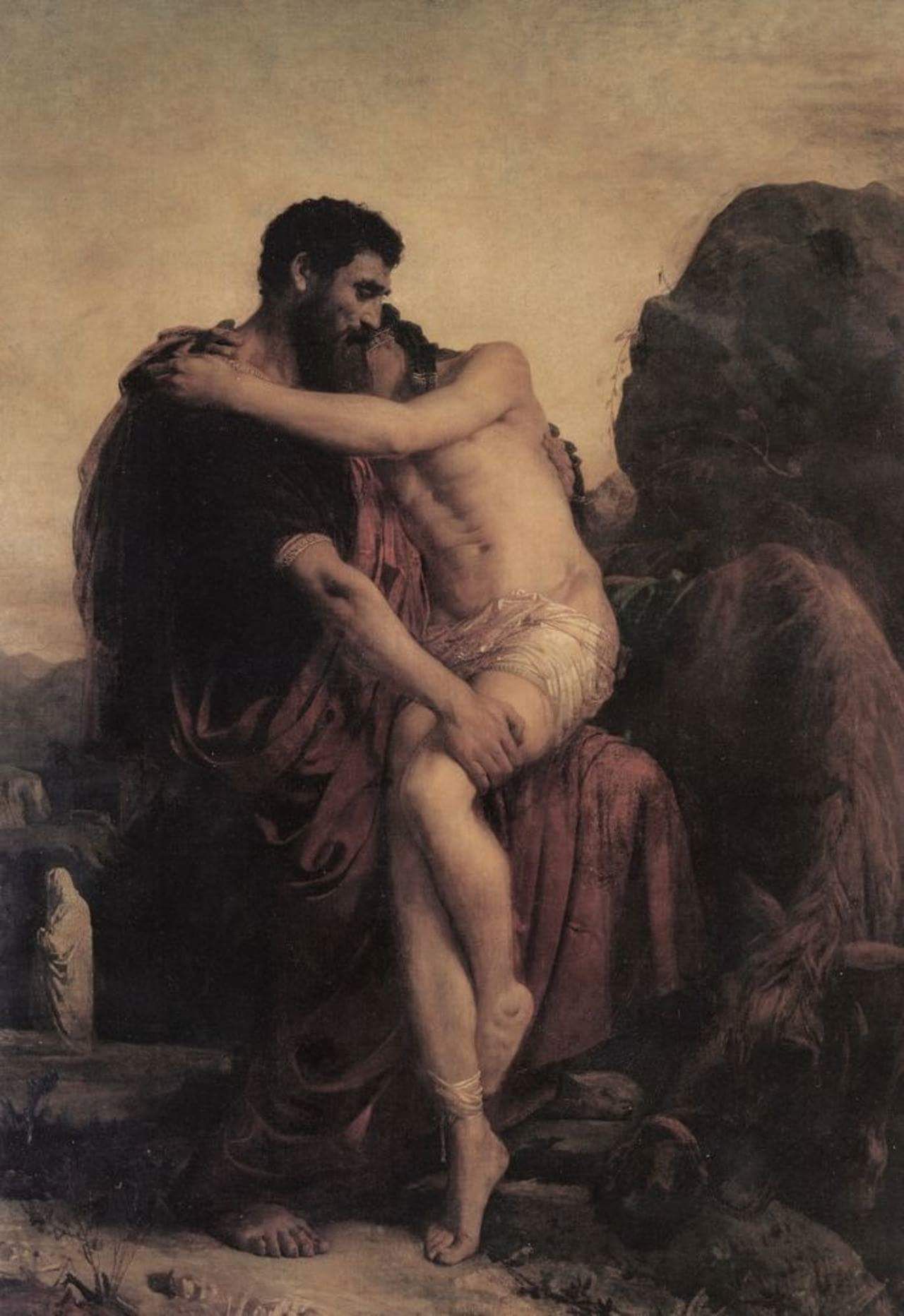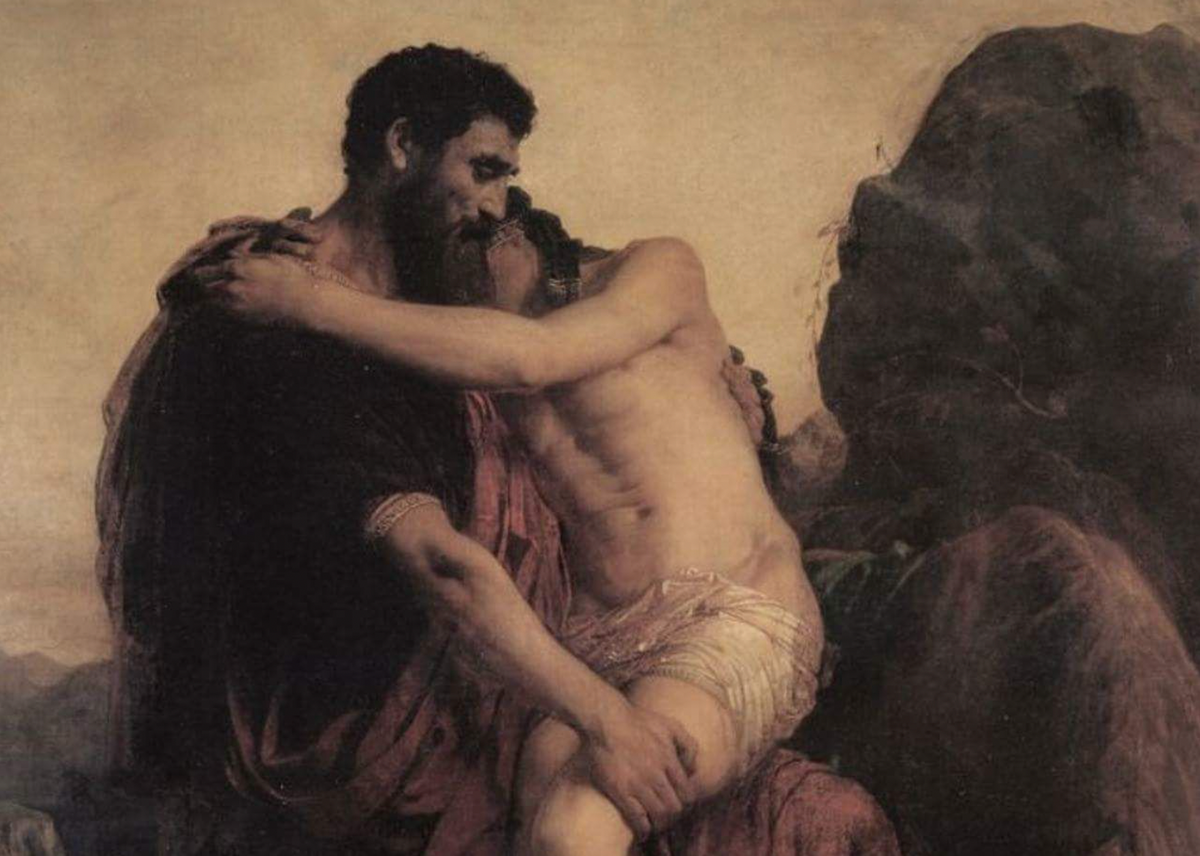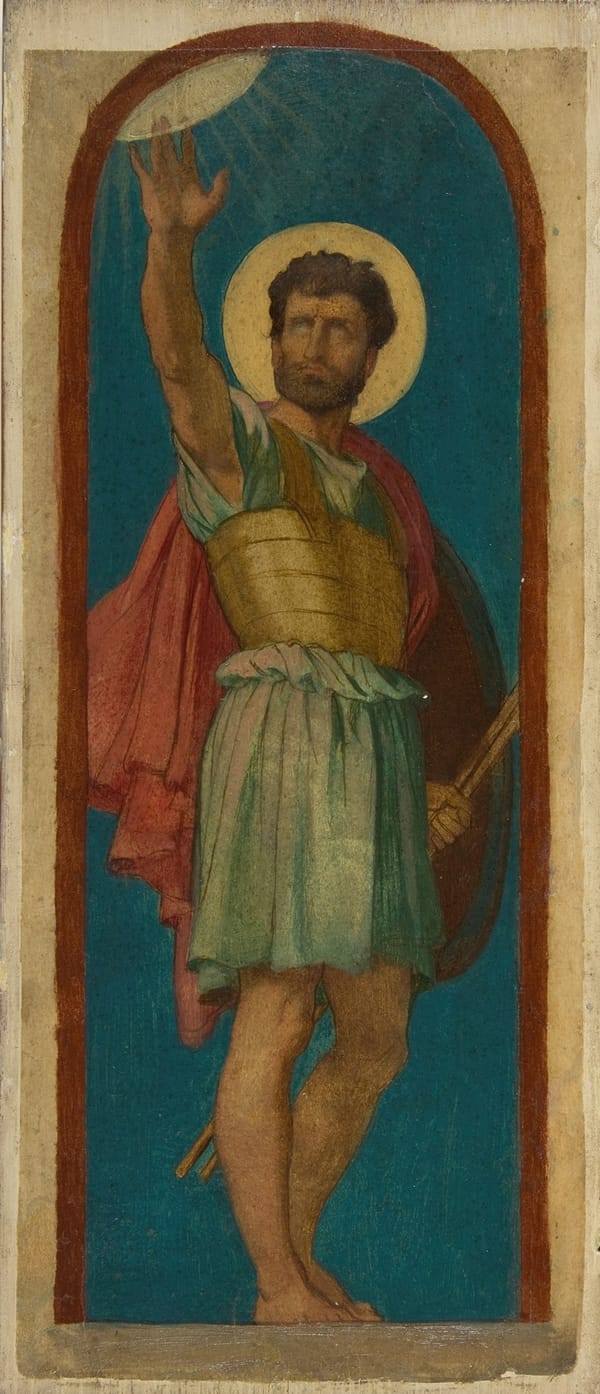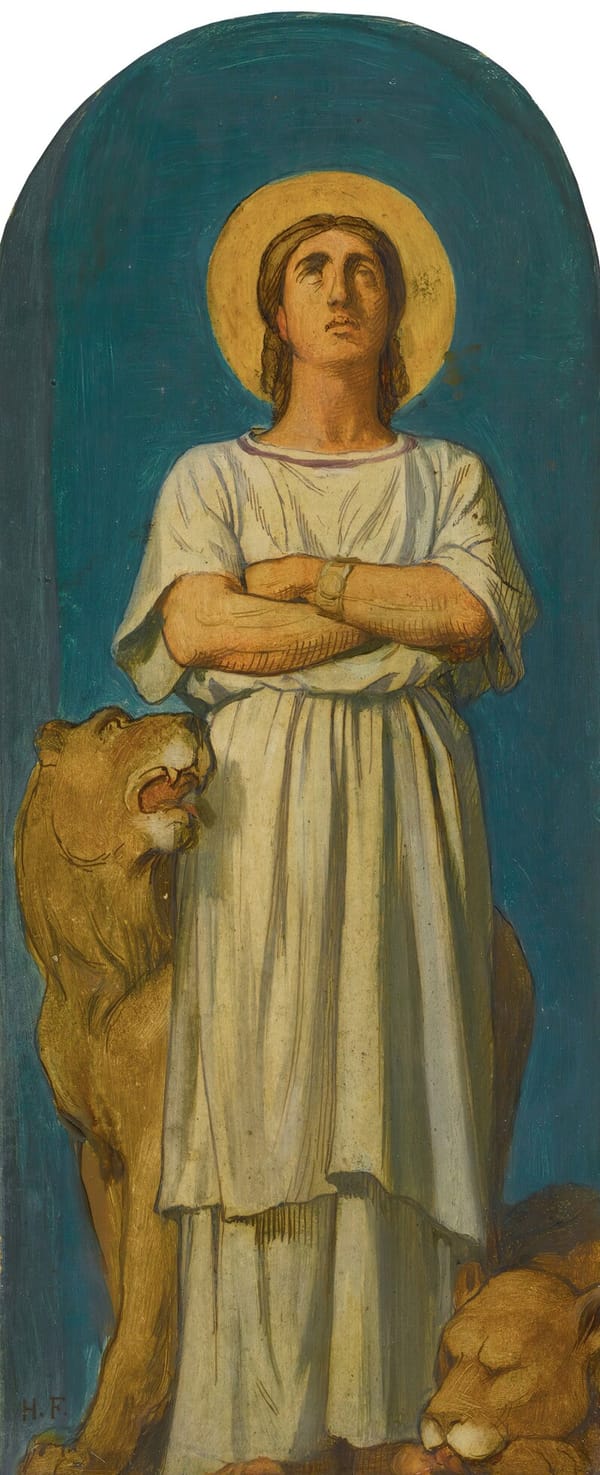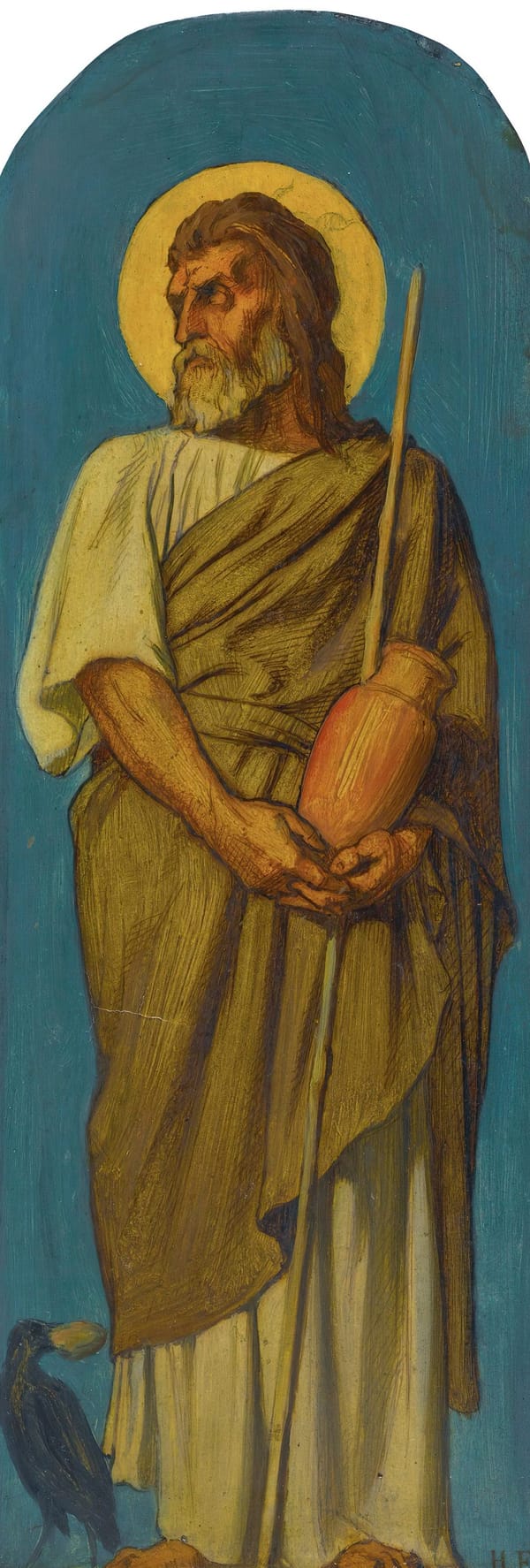Image Details
‘The good samaritan’ was created by Leon Bonnat in Academicism style. The parable of the Good Samaritan is told by Jesus in the Gospel of Luke. It is about a traveler (implicitly understood to be Jewish) who is stripped of clothing, beaten, and left half dead alongside the road. First a Jewish priest and then a Levite comes by, but both avoid the man. Finally, a Samaritan happens upon the traveler. Although Samaritans and Jews despised each other, the Samaritan helps the injured man. Jesus is described as telling the parable in response to the question from a lawyer, "And who is my neighbor?" The conclusion is that the neighbor figure in the parable is the one who shows mercy to the injured fellow man—that is, the Samaritan.
Some Christians, such as Augustine, have interpreted the parable allegorically, with the Samaritan representing Jesus Christ, who saves the sinful soul. Others, however, discount this allegory as unrelated to the parable's original meaning and see the parable as exemplifying the ethics of Jesus.
The parable has inspired painting, sculpture, satire, poetry, photography, and film. The phrase "Good Samaritan", meaning someone who helps a stranger, derives from this parable, and many hospitals and charitable organizations are named after the Good Samaritan.
Léon Joseph Florentin Bonnat (20 June 1833 – 8 September 1922) was a French painter, Grand Officer of the Légion d'honneur and professor at the Ecole des Beaux Arts.
Bonnat was born in Bayonne, but from 1846 to 1853 he lived in Madrid, where his father owned a bookshop. While tending his father's shop, he copied engravings of works by the Old Masters, developing a passion for drawing. In Madrid he received his artistic training under Madrazo. He later worked in Paris, where he became known as a leading portraitist, never without a commission. His many portraits show the influence of Velázquez, Jusepe de Ribera and other Spanish masters, as well as Titian and Van Dyke, whose works he studied in the Prado, which placed him at the forefront of painting in France in the 1850s, opposing neoclassicism and academicism. Following the period in Spain, Bonnat worked the studios of the history painters Paul Delaroche and Leon Cogniet (1854) in Paris. Despite repeated attempts, he failed to win the prix de Rome, finally receiving only a second prize. However, a scholarship from his native Bayonne and support from the Personnaz family allowed him to spend three years in Rome (1858–60) independently where he and Antonin Personnaz became lifetime friends. During his stay in Rome, he also became friends with Edgar Degas, Gustave Moreau, Jean-Jacques Henner and the sculptor Henri Chapu.
Free Downloads Below
Hi-Res
1200px
800px
